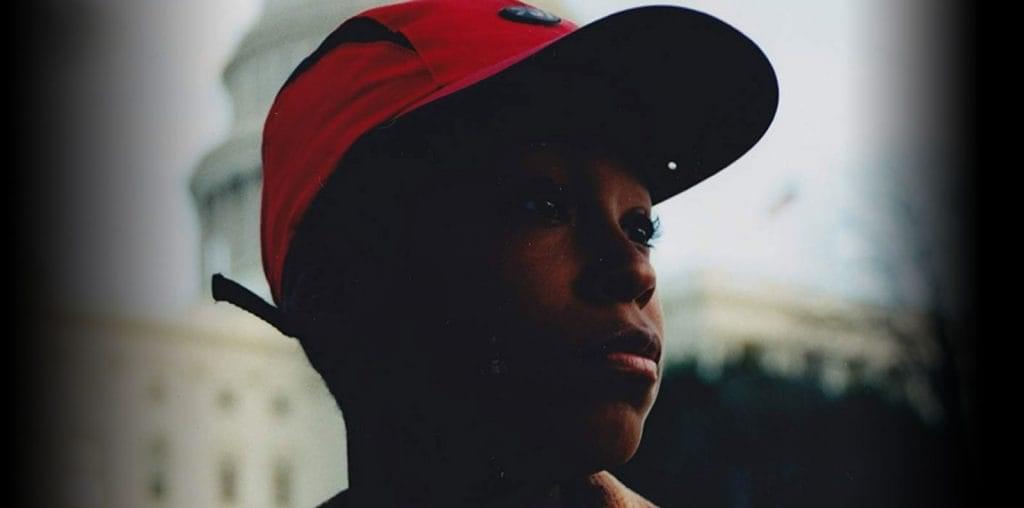
When one contemplates sophisticated animated films, Japanese and American produced movies often take up the bulk of the attention. Though South Korea has famously been producing animation for decades—most notably for the work that country does on “The Simpsons”—it has never been widely held as a country worthy of producing landmark animated features.
Until now.
With the release of “My Beautiful Girl, Mari,” we are introduced to a whole new facet of world-animated films, one that has antecedents in American and Japanese animation but follows a path so uniquely its own that it immediately ranks amongst the all time great animated features.
“My Beautiful Girl, Mari” tells the tale of Namoo, a confused boy who’s dealing with the death of his father and facing the fact that Jun-ho, his best friend, is getting ready to move away to attend a different school. Caught in that strange period between adolescence and adulthood, Namoo finds himself isolated and alone, unable to communicate with people on a social level and spending more and more time by himself.
Then everything changes when he buys a magic marble from a store that transports him to a fantasy land, where he encounters the enigmatic Mari, a melancholy girl who may represent his mirror image—an alternate universe version of Namoo, if you will.
“My Beautiful Girl, Mari” is a film that states everything while seeming to say nothing. It is a quite, introspective movie that subtly and quietly rolled forward. It does what many Japanese produced films purport to do but never succeed. Too often in the realm of sophisticated animated films, we are introduced to an increasingly convoluted story that resolve themselves so subtly that often times a clear resolution is easily overlooked—or is simply undesirable.
The animation, cell-art recreated in a computer environment, is breathtaking. Marrying 2D and 3D imagery, we are introduced to a world utterly fantastic and realistic. The vibrant colors serve as a contrast to the melancholy tone of the piece, and the character and environmental models emphasize the mundane rather than the fantastic.
The voice acting is equally strong. We’re presented with nuisanced, understated performances that transcends traditional, slightly wooden performances and reaches a height of performances one would ordinarily see under the direction of skilled film directors—such as Akira Kurosawa, Orson Welles, Preston Sturges, and Ingmar Bergman.
What “My Beautiful Girl, Mari” gives us is a simple, understated look at the confusing stage of adolescence when one is on the brink of adulthood. Using the fantasy element to symbolize the confusing world one in this stage perceives, “My Beautiful Girl, Mari” is less a traditional story and more an allegory on confusion, loss, and, ultimately, change.

